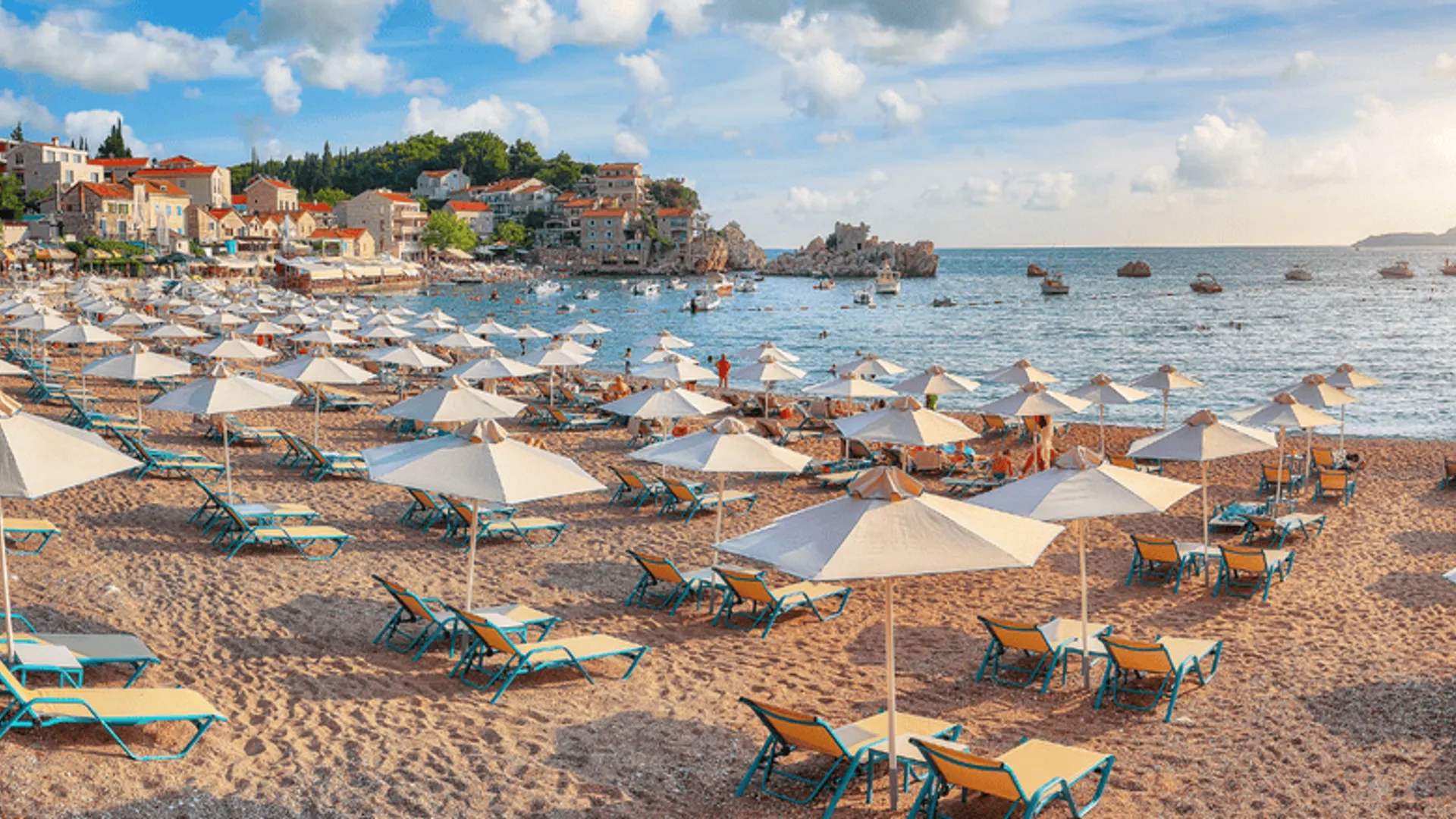ZİNDANKAPI, BROUGHT TO TOURISM WITH ART AFTER 2,500 YEARS

Zindankapı, one of the 6 gates of the Bursa city walls, where tortures were carried out and executions were performed centuries ago, came to life with art after 2,500 years. Zindankapı, which witnessed the Bithynia Kingdom, Roman, Byzantine, and Ottoman periods and was used for freedom-restricting punishments, torture, and executions until the 19th century, was a place where people were afraid to even pass by in the past, but today it has become a place people queue up to see. Zindankapı, with its 3 towers and the 'Bloody Well' where executions were carried out at its entrance, has been welcoming visitors with its digital exhibition areas since 2021.

Dungeons, defined as closed spaces within medieval city walls where freedom-restricting and physical punishments were applied, have become places that people want to visit in Bursa, thanks to the power of art. Zindankapı, one of the 6 gates of the Bursa city walls, was revitalized during the restoration works initiated by Bursa Metropolitan Municipality in 2015. The dungeons that gave Zindankapı its name, which was opened as a museum in 2021, were designed as a contemporary art gallery, while the historical processes of the Bursa city walls were arranged to be presented to visitors with technology and interactive areas. Zindankapı, built during the reign of the Bithynia King Prusias I, and used for freedom-restricting punishments as well as torture and executions during the Roman, Byzantine, and Ottoman periods until the 19th century, undergoing repairs at various times, and where the Bloody Well, where executions were carried out, is located at the entrance, now welcomes visitors with its art gallery and digital exhibition areas.

Güney Özkılınç, Head of Bursa Metropolitan Municipality City History and Promotion Department, said that Zindankapı came to life with art after 2,500 years, "Zindankapı was actually built by the Bithynia King Prusias I in the 2nd century BC, as one of the 6 gates in a corner of the Bursa city walls. The walls have 6 gates. Zindankapı is one of these gates. It is a place where both freedom-restricting punishments and physical punishments are applied. At the same time, death sentences are also carried out here. But apart from death, there are also freedom-restricting penalties, such as 6 months, 1 year, 5 years, 10 years, and such penalties are also applied here. Of course, the feature of this place is that the Romans, Byzantines, and Ottomans used it as a prison, as a dungeon, until the 19th century. The region where we are located is actually the meeting point of civilizations. Roman, Byzantine, and Ottoman. In this respect, it is truly a place with interesting traces. Its restoration began in 2015, together with the Bursa Museum Directorate. It was opened in 2021. And since 2021, digital exhibitions have been meeting with viewers and the people of Bursa here. These digital exhibitions will continue. We will bring these exhibitions together with the people of Bursa and the whole world by increasing them even more. But in addition to this, we also do drama activities here. For example, we did an activity called ‘Escape from the Dungeon’ with children. This time, the adults who saw this said, ‘We also want to go to Zindankapı and play in this game’. We opened a workshop for them as well. They also came here and all took part in this ‘Escape from the Dungeon’ game," he said.
24 HISTORICAL BURSA DRAWINGS WERE REINTERPRETED WITH ARTIFICIAL INTELLIGENCE
The walls of Zindankapı's dungeons, once surrounded by despair and pain, came to life with the Bursa drawings of Mary Adalaide Walker, an English traveler-painter and writer who lived in Ottoman lands. Stating that they brought together 24 historical drawings from Walker's work Brousse Album Historique (Bursa History Album), published between 1866 and 1870, with art lovers by reinterpreting them with artificial intelligence technology, Özkılınç said, “Mary Adalaide comes to Bursa in the 1860s. A young English woman. Her brother is a priest in Istanbul. She makes some examinations in Istanbul, Kocaeli, and Bursa. She travels and makes 24 drawings of Bursa. We animated these drawings through artificial intelligence. Our friends Serap Tuğba Yurtsever and Tülay Palaz, our artists, brought Mary Adalaide Walker's drawings to life and opened their exhibitions. You will encounter her Bursa drawings in the dungeons,” she said.
‘OUR USE OF TECHNOLOGY HAS MADE THIS THE MOST VISITED MUSEUM’
Güney Özkılınç, stating that Zindankapı is not just about digital exhibitions, said, "Of course, it has different sections. Zindankapı has sections on the ground floor about Bithynia, on the first floor about Rome and Byzantium respectively, and on the top floor about the Ottoman Empire. It has 3 towers and one of these towers is completely dedicated to digital art. We have a permanent digital exhibition produced for Zindankapı in one of the towers. That's the place that viewers are most curious about and interested in. We can actually say this about Zindankapı. There are replicas in Zindankapı. So there are replicas of Byzantine, Bithynian, Roman and Ottoman weapons and clothes. So there are no real products. Nevertheless, or rather, there is actually nothing here. But the technology, the use of digital arts, has made this the most visited museum. So it has an incredible audience capacity. It is one of the 3 most visited museums among our 12 museums. The City Museum, the Karagöz Museum and Zindankapı are leading the way among the 12 museums affiliated to the Metropolitan Municipality," he said.
'NOW THEY ARE EAGER TO VISIT’
Özkılınç, stating that the visitors who come to the museum carry that spirit due to its past profile and are sometimes tense, said:
"In fact, Zindankapı has a very interesting story. So this place was a dungeon from the 2nd century BC to the 19th century and a place where death sentences were executed. So it's a place that no one wanted to come to, no one wanted to pass by. But today it has become a place that everyone is eager to see and visit. So it has such an interesting story. As soon as you enter the garden, the Bloody Well welcomes you. The children ask. Sometimes even we hesitate. So let's explain this to the children, but there is a reality. And according to a rumor, the Bloody Well is a place where punished people were thrown and came out of the Cilimboz Stream. We see that thing in the children as they enter. But you know, today's children are curious about such adventures, such mysterious things. Think of it like a Harry Potter book. They enter, they are curious. They say, 'The dungeons were here.' They go upstairs, they see the civilizations. In fact, on one of our floors, there is a mapping that shows the development of the 6 neighborhoods that are inside the walls, if I am not mistaken today. For example, when you move it with your hand, you can see how it was in the 700th year, the 750th year, the 800th, 900th, 1100th, 1315th, how the inside of the walls was in 1845, a thing that was brought up to 1940. They are also curious about it, like a game. But through this game, they also learn history. So one of the things aimed at is this. To learn the past, to learn history through that game. In fact, there is also learning about justice here. From prison, captivity, enslavement, we are now trying to teach children and young people. We are actually turning this place into an education center. By teaching them history, by showing them the stages that Bursa has taken over the years, over the centuries, museums are also places of education at the same time. This place also serves this purpose. Especially when you come to the 3rd tower, the mappings there are really very interesting and fascinating. So children and young people, and even adults, are very impressed by it. It has a very poetic expression. So we also have a mapping that tells about captivity, slavery, and freedom, and the value of freedom. In fact, this environment is a place where there is a completely visual show. This is more fascinating for people."
‘BURSA, AS A WHOLE, IS AN OPEN-AIR MUSEUM’
Özkılınç, stating that children learn history by visiting museums rather than from textbooks, said:
"There are more than 5,000 registered buildings in Bursa. For example, İznik is a museum in itself. So put a gate at the entrance and exit of İznik, cut a museum ticket at the entrance, it will be. When we come to Bursa, there are traces of both the Ottoman, Byzantine and Roman empires. Of course, Bursa as a whole is an open-air museum, I think a student, a young person, a citizen learns a lot by visiting it. But in addition to this, if we count only the 12 museums belonging to the Metropolitan Municipality, a total of nearly 30 museums in Bursa, including the districts and the museums affiliated to our Ministry of Culture, namely the Provincial Culture and Tourism Directorate. And each of these is in a branch. For example, if you are going to learn about Karagöz, here is the Karagöz Museum. If you are going to learn about life in Bursa, the Life Culture Museum is just 200 meters down. The conquest, the Conquest Museum, or if you are going to learn something about sema, about Mevlevi culture, the Mevlevihane is right next to us. So when you look at it this way, we can count Atatürk House and Hünkar Pavilion and Archeology Museum, Turkish Islamic Arts Museum and many more museums, City Museum. I think we can call museums a school in this respect."
400 THOUSAND PEOPLE VISITED IN 4 YEARS
Özkılınç also stated that they will create a cultural route starting from the Historical Bazaar and Inns Region, known as Old Bursa, up to Zindankapı, and that all museums belonging to the Metropolitan Municipality can be visited free of charge between 10:00-17:00, except on Mondays. Özkılınç pointed out that art beautifies every place it touches, even if it is a dungeon, and said that 400 thousand people have visited Zindankapı since it opened in 2021, "Nearly 30 thousand people have visited since the beginning of 2025. For example, our figure for last year, that is, in 2024, a total of 112 thousand of our citizens visited here. So, when viewed in this way, quite a few people come even without the necessary promotion. Just imagine if it was promoted. Many more people will come here. This place consists of very interesting sections. It has 6 dungeons. The chief warden sits at the head. 7 sections in total with him. When you enter, there is a structure in front of you that makes you feel that you can never get out of here again. You go down and 1 floor down and these are the 6 dungeons. So, it's almost impossible to escape from here. Now, of course, you freely and comfortably enter, you even compete with each other to enter, and then you encounter digital art. You walk around here as if these bad events never happened, as if nothing like that ever happened here, and you leave happily. There are many examples of this in our country. A museum was also built in Ulucanlar in Ankara. These are the places where executions were carried out in the past. Zindankapı is the same. So, art and culture, even places where the most ruthless events took place in a period, think of Sabahattin Ali's Sinop Prison, beautifies them a lot, turns them into very beautiful places. With the power of art, places that people were once afraid to enter can turn into places where reservations are made in advance to go."













